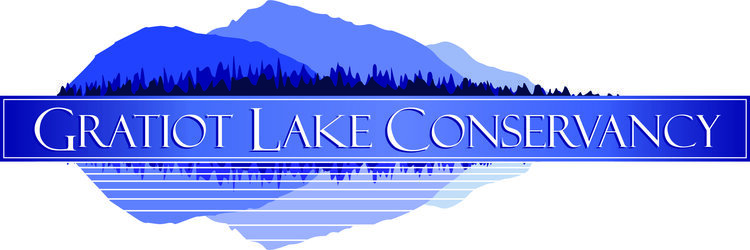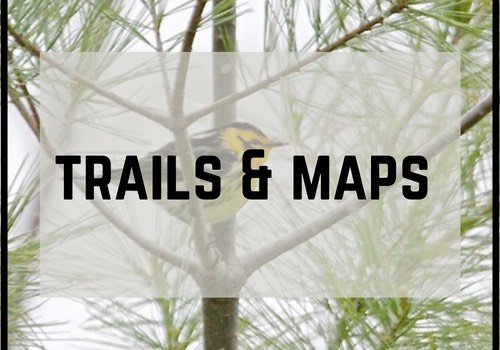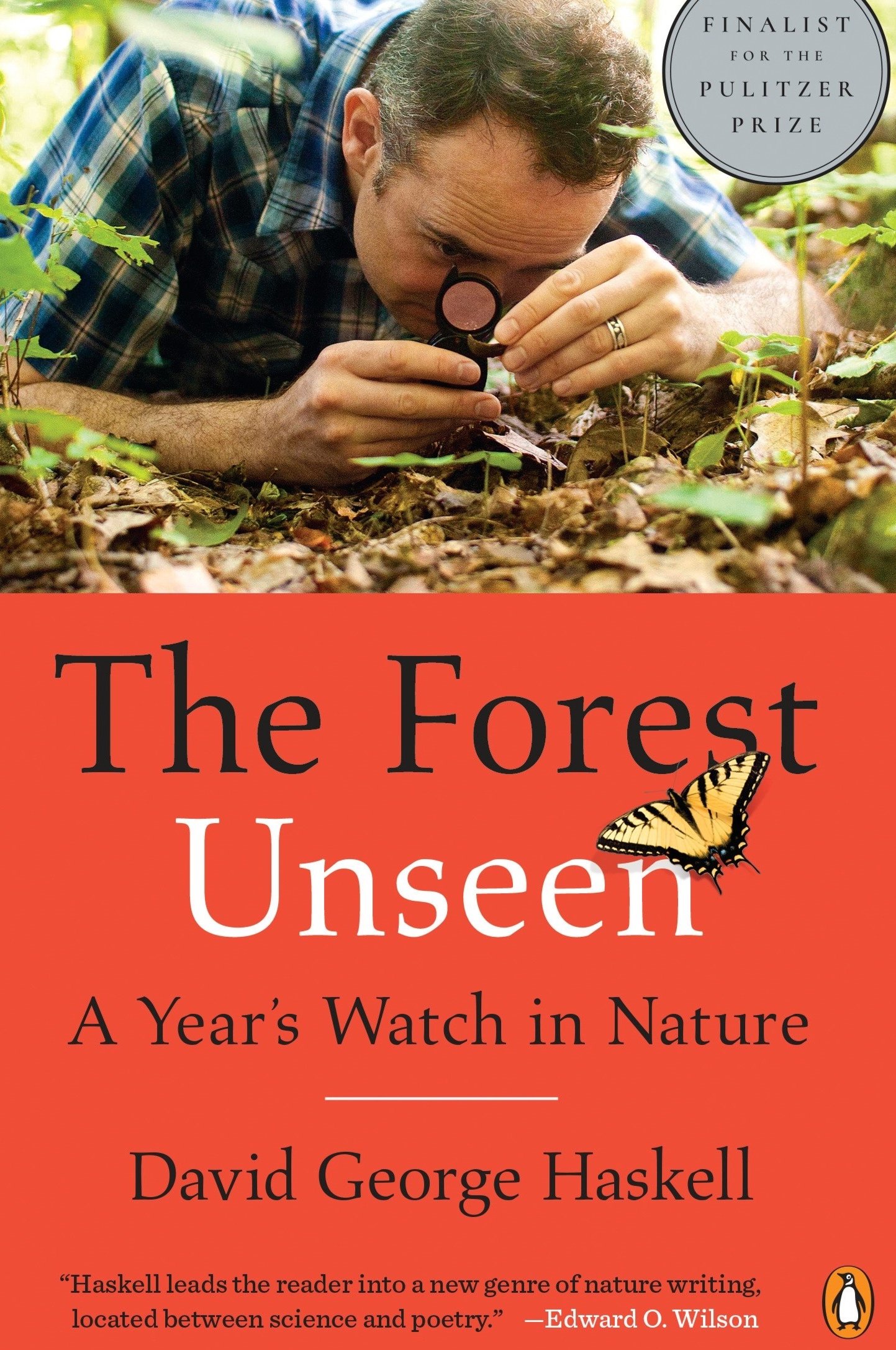Preserving nature,
fostering learning,
and inspiring stewardship.
The Gratiot Lake Conservancy (GLC), a nonprofit 501(c)3 organization located in Keweenaw County in the Upper Peninsula of Michigan, was founded in 1998 for the purpose of land conservation and education. GLC’s mission is to preserve Gratiot Lake, the land within the Gratiot Lake watershed, and to inspire informed land stewardship through education and research related to the ecology and history of the lake.
Gratiot Lake Conservancy also holds a conservation easement on additional Little Gratiot River Wilderness (LGRW) land. The total conservation easement GLC now holds on LGRW is on 7650 acres of land owned by Keweenaw Community Forest Company. The western edge of this forested riparian corridor along the Little Gratiot River adjoins the GLC owned preserve at Gratiot Lake. The Bete Grise Preserve is east and south of LGRW. This wilderness will remain in its natural state in perpetuity.
The Little Gratiot River Wilderness area and GLC land are open to the public for hiking, fishing, berry picking, bird watching, and nature study.
Join us for our next GLC Book Club meeting!
GLC’s book club will discuss biologist David George Haskell’s “The Forest Unseen: A Year’s Watch in Nature” on Saturday, June 22, Noon to 1:15 Eastern time. Haskell “sees the world in a grain of sand” as he observes a square meter patch of old growth forest. Part natural history and part philosophy, Haskell encourages the reader to take the time to look closely and deeply at nature... and at our role in nature. The book has won awards and high praise for its artful writing and engaging insights. It is 288 pages in print format and is also available in ebook or audio formats. If you would like to receive a link to the virtual discussion, email Director@GratiotLakeConservancy.org













